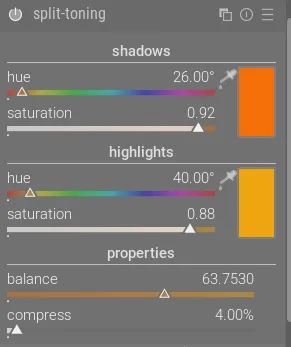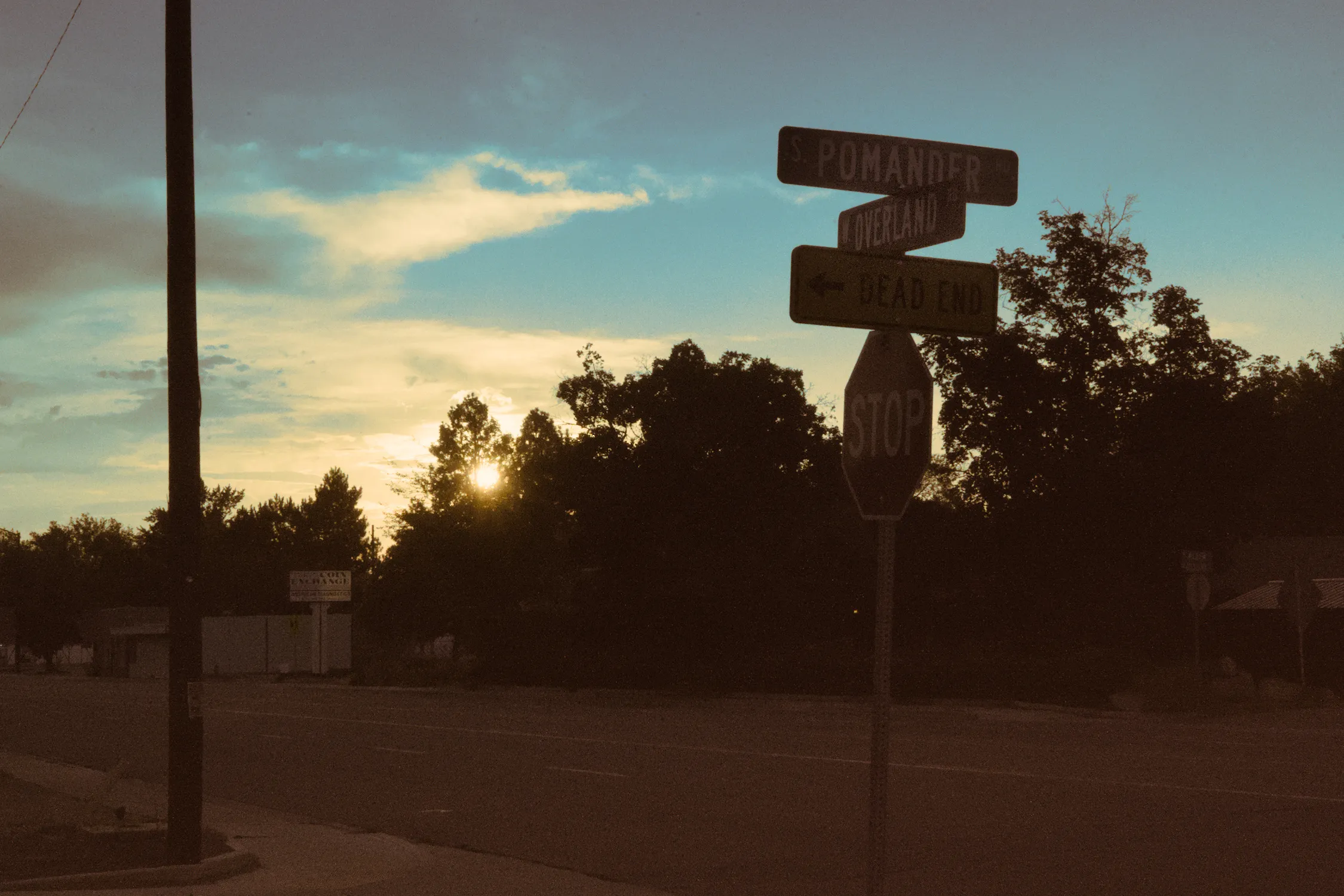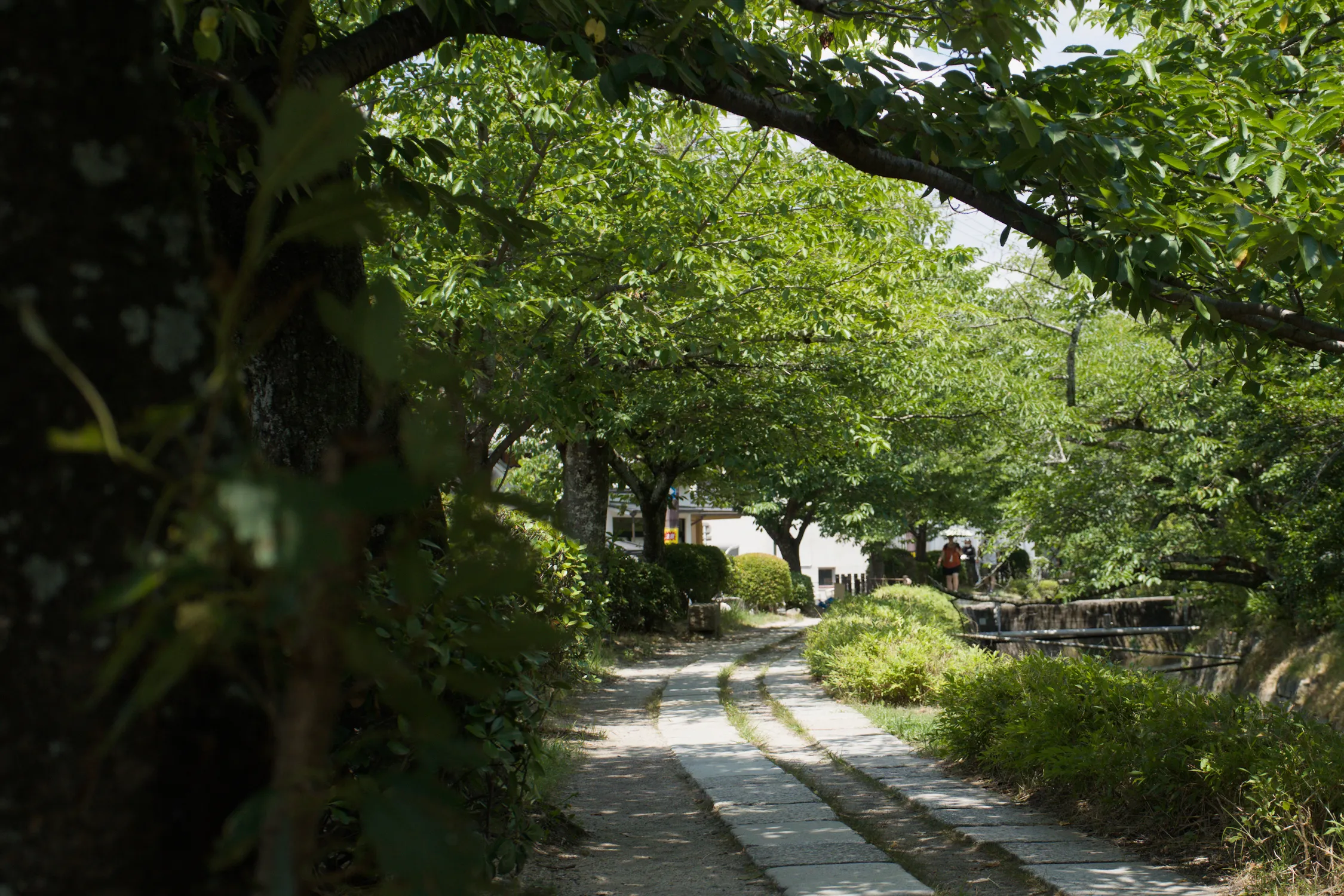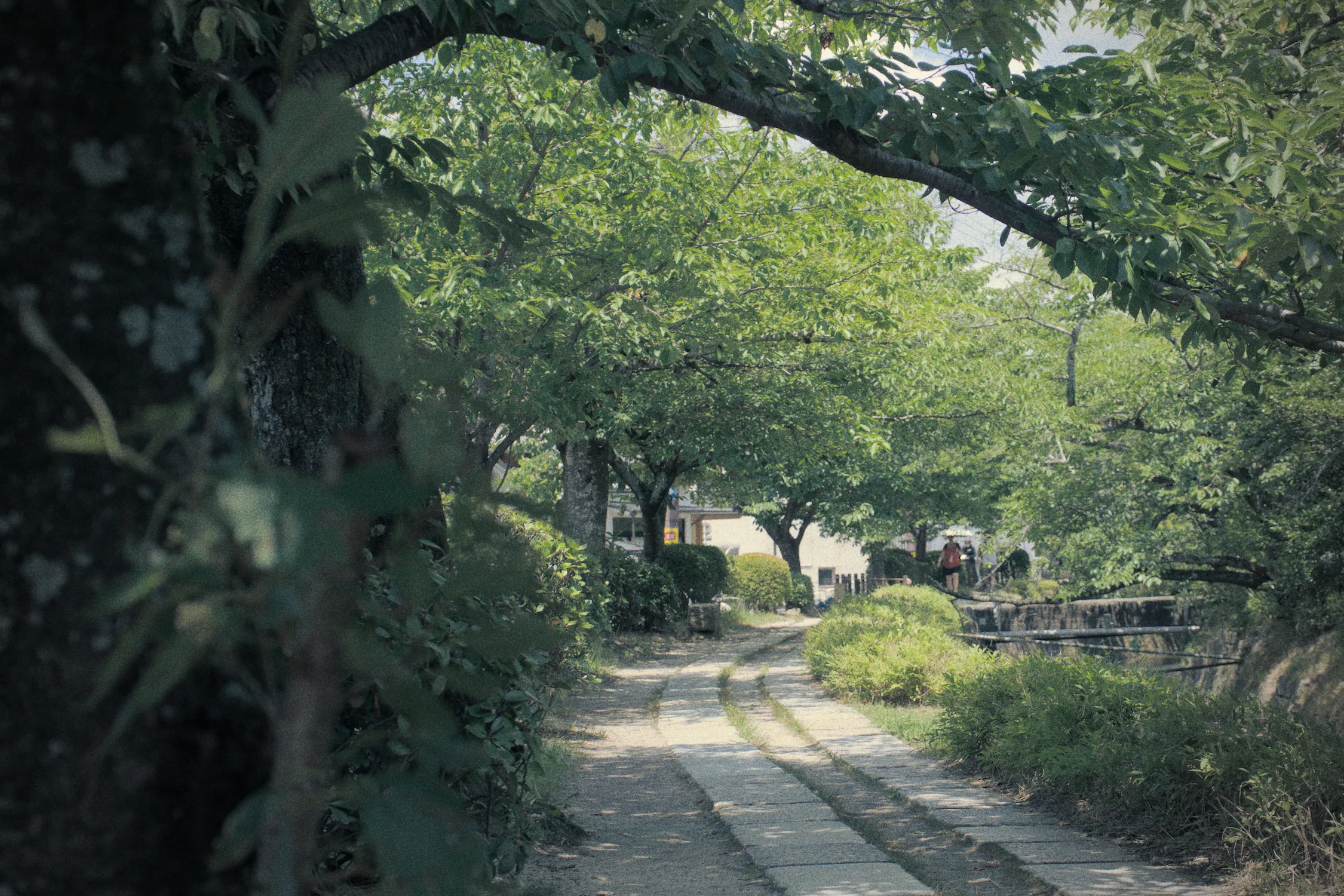How to Create a Retro Sepia Effect in Darktable
I spend a lot of time processing raw images from my camera after a holiday trip. Recently, I learned how to use the split-toning module in my photo management software, Darktable, to create an old-fashioned photo effect.
Below is an image of a sunset on my home street. The left image is straight out of my camera, with minimal adjustments applied. The right image uses the split-toning module to change the colors of the highlights and shadows.
The original image (left) vs. the adjusted version using the split-toning module. See how the light clouds turn golden yellow, while the shadows on the street turn a reddish brown.
Here’s what the effect does. It applies one color to the bright parts of the image and another color to the dark parts of the image, shifting from the shadow color to the highlight color at a set brightness level (the “balance” slider in the screen capture below). In the image above, I’ve chosen the “sepia” preset and made some small adjustments. With a sepia-toned image, the shadows turn to a shade of brown and the highlights turn to a shade of golden yellow. You can see those two settings in the screen capture below.

The shadows are affected by the top color, and the highlights are affected by the bottom color.
To keep more of the blue in the sky, I adjusted the balance towards the highlights. The “compress” option reduces the strength of the effect, preserving more of the original colors of the image. I’ve left the compression at its default setting to make the effect clearer. However, I would typically want to make the effect a little more subtle than I’ve shown here.
This module can be used with some other modules to increase the old-photo look. Many old photographs look washed out, which you can achieve in Darktable by increasing the exposure and reducing the contrast. Many different modules will allow you to do that, for example, a combination of the exposure and tone equalizer modules. The filmic RGB module can also work, although it’s a bit complex.
Lastly, purely creative effects such as ISO grain or a vignette can help to recreate that feeling. Here’s another example, with a picture from the Philosopher’s Path in Kyoto, Japan.
Adjusting exposure, filmic RGB, grain, split-toning, and vignetting modules yields the photo on the right. The split-tone colors are light blue for shadows and bright yellow for highlights, with compression set at 40%.
Me holding my son after he had just taken a bath in a mister. In the sepia version, I've added a small amount of blur. In the original, I added contrast and sharpness. All other settings are the same.
The split-toning effect goes a long way toward creating a “retro” look to images for that 70s sepia effect. It can also be used more creatively with other colors such as blues, and yellows to affect the warmth and mood of the image. When used in combination with other modules such as the filmic RGB module, grain, and vignetting, it can be a lot of fun!





